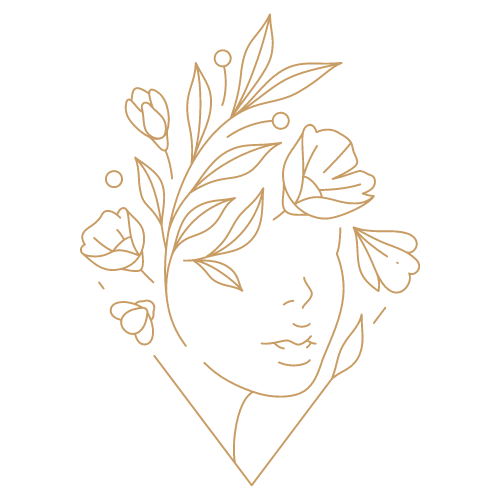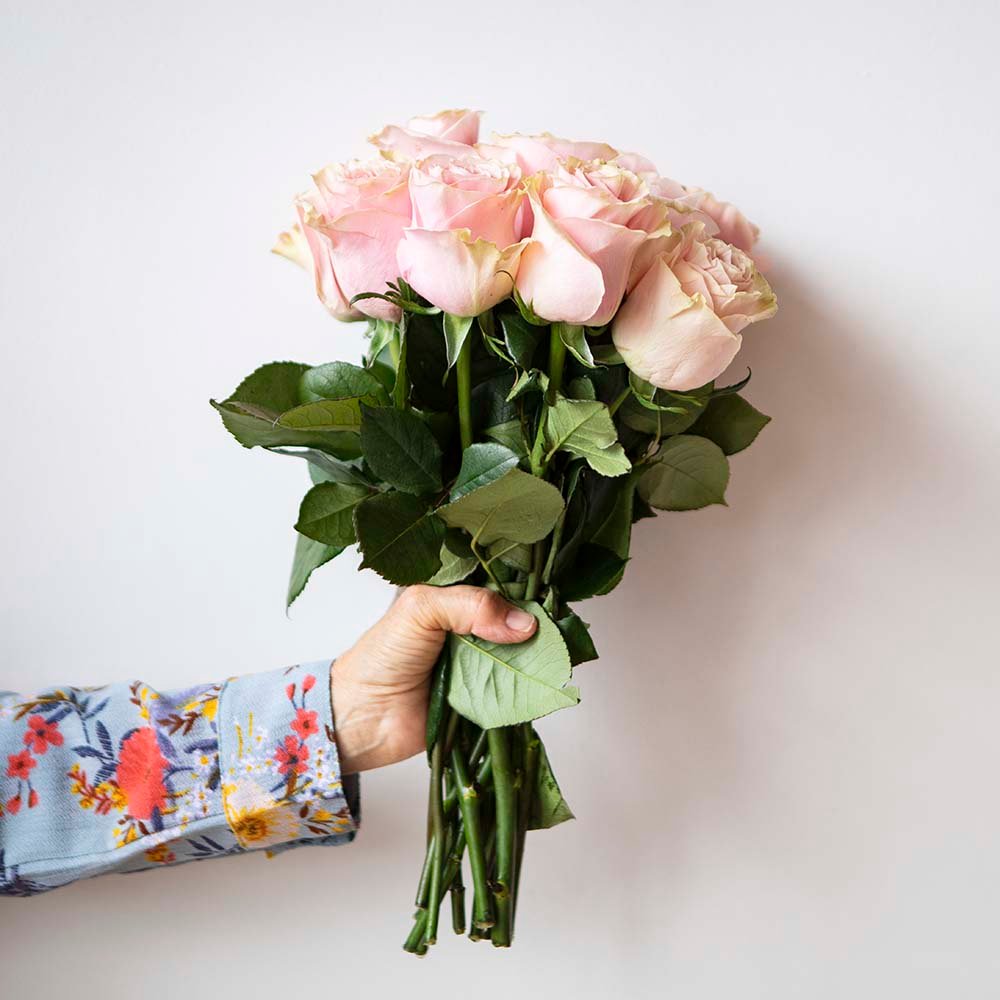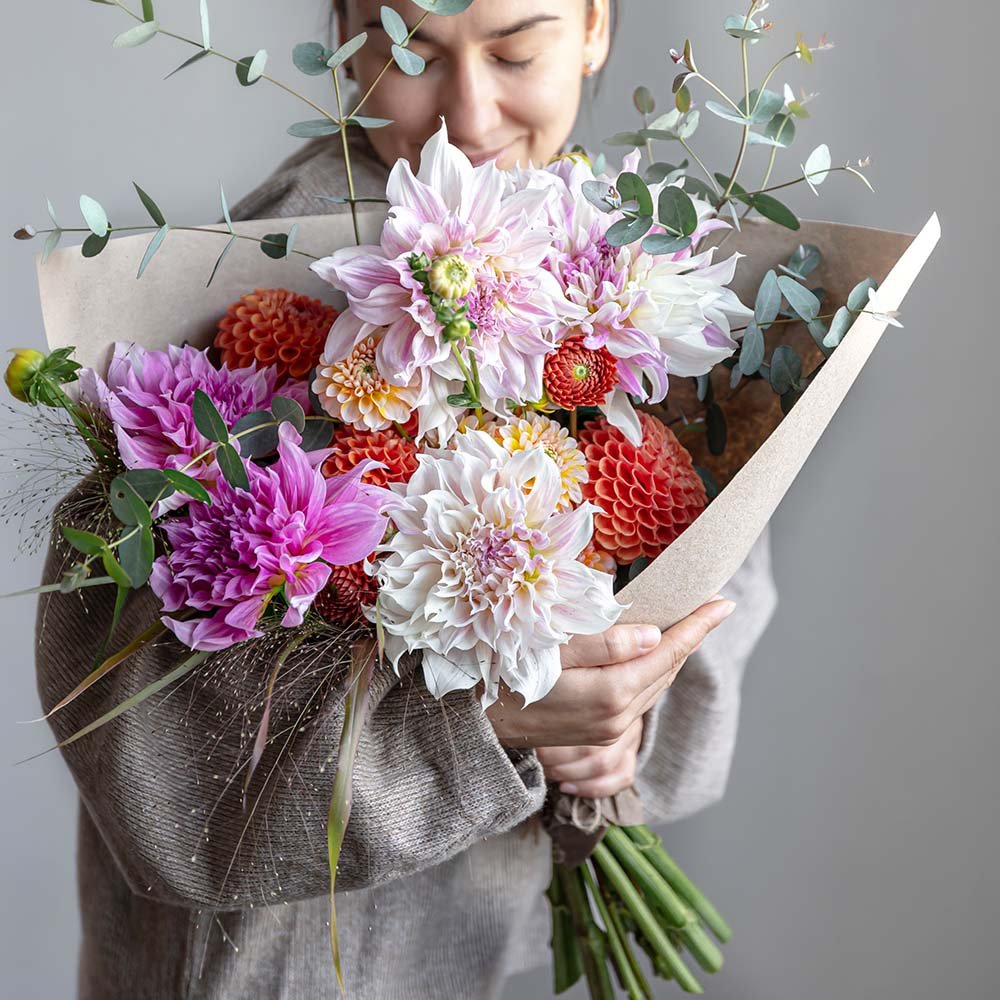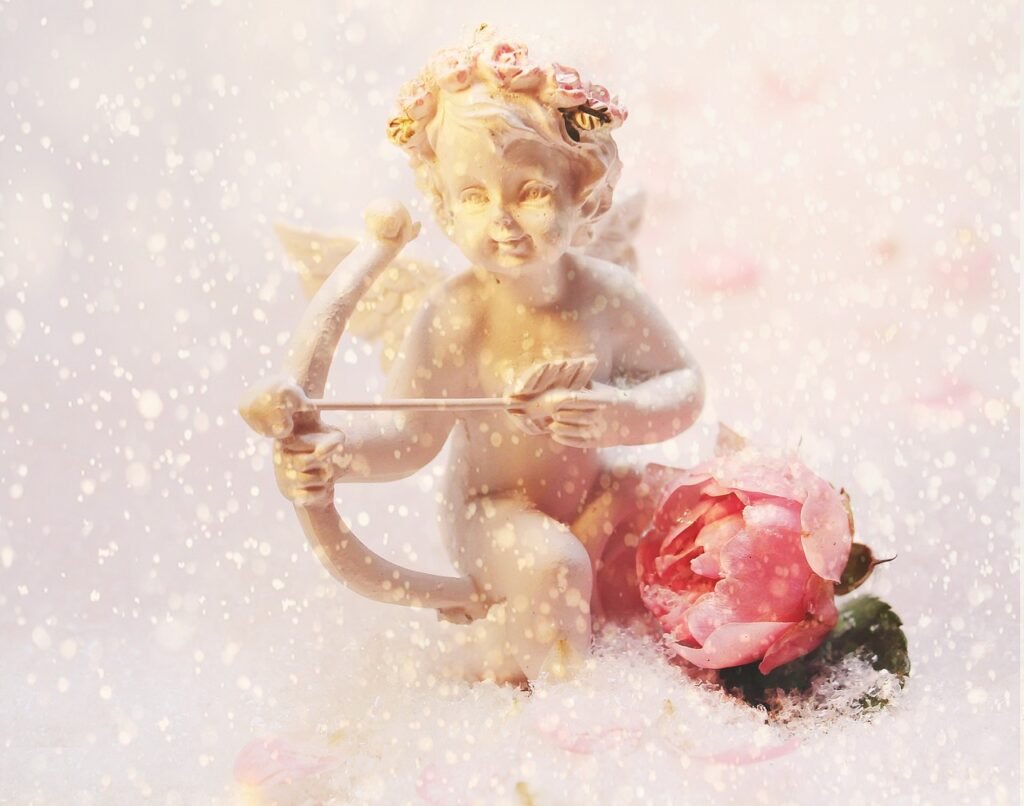In this blog post, we’ll delve into the fascinating world of floral symbolism and explore the hidden meanings behind some of the most popular flowers.
Flowers have been prized for their beauty and fragrance throughout human history, but did you know that many blooms also carry symbolic meanings? The practice of associating flowers with specific emotions, messages, and sentiments is known as the language of flowers or floriography. This fascinating tradition has its roots in ancient civilizations but reached its peak during the Victorian era when strict social rules made it difficult to openly express feelings.
In this era of repressed emotions, flowers became a covert means of communication, allowing people to convey their thoughts and desires through the careful selection and arrangement of different blooms. Each flower variety carried a specific symbolic meaning, and the art of crafting tussie-mussies (small, circular bouquets) enabled intricate messages to be conveyed through the combination of various floral symbols.
While the language of flowers may not be as widely practiced today, understanding the symbolism behind popular blooms can add depth, meaning, and sentiment to your floral gifts, bouquets, and arrangements. Let’s explore the hidden meanings of some of the most beloved flowers.
Roses: The Ultimate Symbols of Love and Passion Roses are perhaps the most iconic and recognizable flowers when it comes to symbolic meaning. Throughout history, these beautiful blooms have been associated with love, passion, and romance. The different colors of roses carry their own distinct symbolism:
- Red Roses: The quintessential symbol of romantic love and desire.
- Pink Roses: Representing grace, gentleness, and admiration.
- White Roses: Signifying purity, innocence, and reverence.
- Yellow Roses: Conveying friendship, joy, and new beginnings.
Lilies: Elegance, Purity, and Rebirth Lilies are often associated with elegance, purity, and rebirth. These stately flowers have been revered for their beauty and symbolism across various cultures and faiths.
- White Lilies: Traditionally symbolize virtue, innocence, and purity.
- Calla Lilies: Represent magnificent beauty and sophisticated elegance.
- Tiger Lilies: Signify wealth, pride, and confidence.
- Daylilies: Associated with the fleeting nature of life and the beauty of a single day.
Daffodils: Harbingers of Spring and New Beginnings Daffodils are one of the first flowers to bloom in spring, making them symbolic of new beginnings, rebirth, and renewal. These cheerful yellow blooms also represent happiness, respect, and chivalry.
Tulips: Perfect for Expressing Love and Appreciation Tulips are a beloved springtime flower, widely recognized for their vibrant colors and elegant, cup-shaped blooms. However, these flowers also carry symbolic meanings:
- Red Tulips: Traditionally symbolize perfect love and passionate desire.
- Yellow Tulips: Convey cheerfulness and express sunny thoughts.
- Purple Tulips: Represent royalty, luxury, and admiration.
- White Tulips: Signify forgiveness and a fresh start.
Sunflowers: Radiating Happiness and Loyalty Sunflowers are known for their bold, bright yellow petals and their ability to follow the sun’s path across the sky. These cheerful blooms symbolize happiness, loyalty, and longevity due to their association with the sun.
Peonies: Embodying Romance, Prosperity, and Honor Peonies are highly coveted for their lush, ruffled petals and intoxicating fragrance. These exquisite flowers are symbolic of romance, prosperity, and honor in many cultures.
Chrysanthemums: Representing Longevity and Fidelity Chrysanthemums, often referred to as “mums,” are beloved for their hardy nature and long-lasting blooms. In many Eastern cultures, these flowers symbolize longevity, fidelity, and loyal love.
By understanding the symbolic meanings behind these popular flowers, you can infuse your floral gifts, bouquets, and arrangements with deeper significance and sentiment. Whether you’re expressing love, gratitude, sympathy, or any other emotion, choosing the right blooms can help convey your message in a beautiful and meaningful way.







